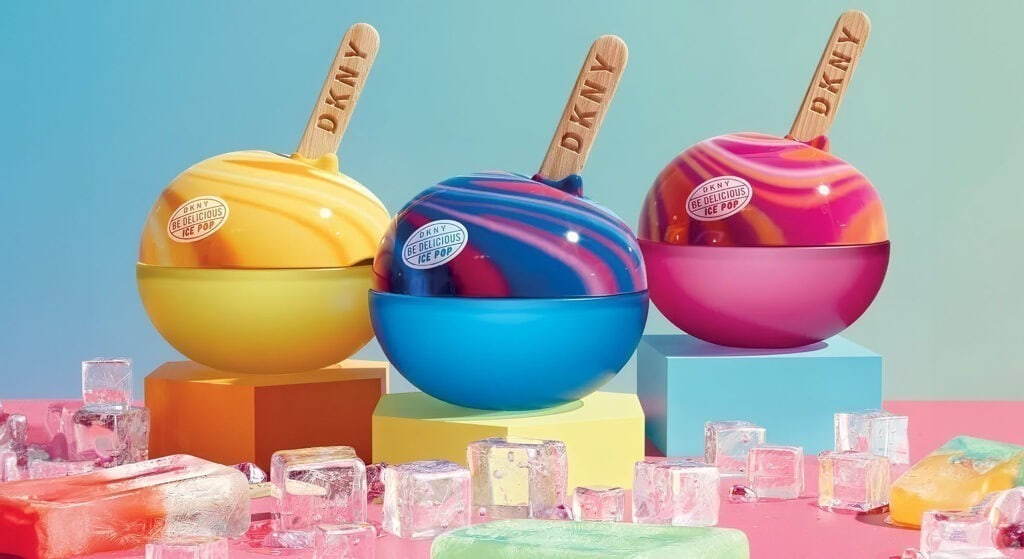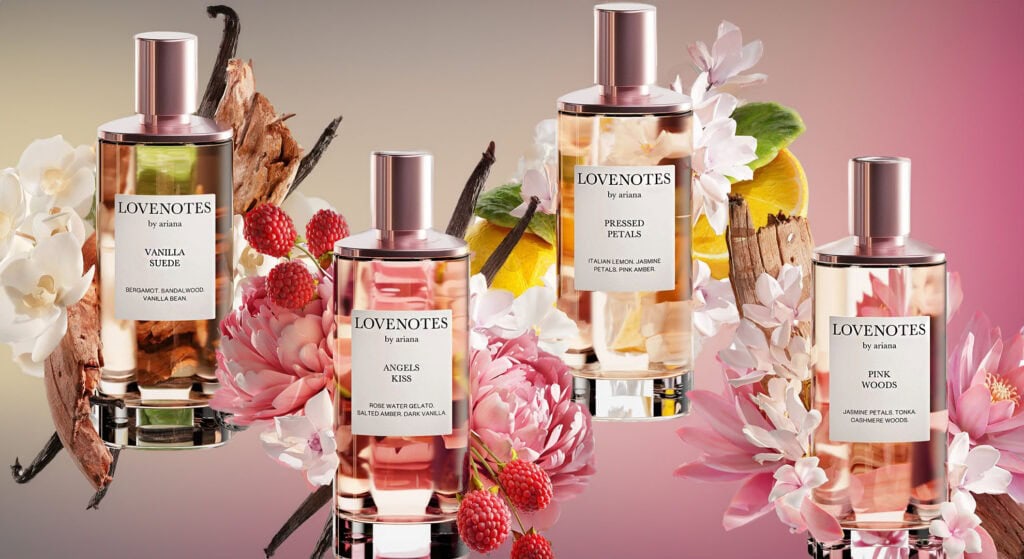Cotton Candy in Perfumery: From Extraction to Blending and Iconic Scents
Cotton candy, with its sweet, airy, and nostalgic aroma, has found a special place in the world of perfumery. Often associated with childhood memories and carefree joy, the scent of cotton candy adds a playful, gourmand twist to fragrances. This article explores the creation and use of cotton candy notes in perfumes, the art of blending it with other fragrance elements, and some of the most iconic perfumes where cotton candy plays a starring role.
The Creation of Cotton Candy Notes in Perfumery
Unlike natural ingredients like tonka beans or roses, cotton candy is not something that can be directly extracted for use in perfumery. Instead, the scent of cotton candy is recreated using a blend of synthetic and natural aroma compounds that mimic its sweet, airy, and sugary profile.
- Ethyl Maltol: The primary compound responsible for the scent of cotton candy is ethyl maltol. This synthetic aroma chemical is widely used in perfumery to create sweet, caramel-like notes. Ethyl maltol has a distinctive smell that is reminiscent of caramelized sugar, making it perfect for recreating the scent of cotton candy in perfumes.
- Vanillin and Coumarin: In addition to ethyl maltol, other compounds like vanillin (derived from vanilla beans) and coumarin (found in tonka beans) are often used to enhance the sweetness and depth of cotton candy notes. These ingredients contribute to the creamy, warm aspects of the scent, making it more complex and layered.
- Aromatic Blending: Perfumers skillfully blend these synthetic compounds with natural ingredients like vanilla, caramel, and fruit essences to create a well-rounded cotton candy accord. The result is a sweet, airy, and slightly fruity scent that captures the essence of cotton candy without being overly sugary or cloying.
Blending Cotton Candy in Perfumery
The scent of cotton candy is typically used in gourmand perfumes, where it adds a playful sweetness and a touch of nostalgia. However, it can also be blended with various other notes to create unique and memorable fragrances.
- Gourmand Compositions: Cotton candy is a natural fit in gourmand perfumes, where it enhances the sweetness of other edible notes like vanilla, chocolate, and caramel. This combination creates fragrances that are indulgent, comforting, and often evoke memories of delicious treats. Thierry Mugler’s Angel is a quintessential example, where cotton candy is blended with chocolate, caramel, and patchouli to create a rich, sweet, and iconic scent.
- Fruity and Sweet Blends: Cotton candy’s airy sweetness pairs beautifully with fruity notes like strawberry, raspberry, and citrus. This combination results in fragrances that are fresh, vibrant, and playful, perfect for those who enjoy bright and sweet scents. Aquolina’s Pink Sugar is a well-known fragrance where cotton candy is combined with fruity notes and vanilla, creating a scent that is both fun and youthful.
- Floral and Sweet Accords: Cotton candy can also add an interesting twist to floral perfumes by introducing a sugary, playful element. When blended with notes like jasmine, rose, or orange blossom, cotton candy brings a light-hearted sweetness that contrasts with the traditional floral scents, creating a more modern and approachable fragrance. Prada’s Candy features a sweet blend where cotton candy accords are mixed with benzoin and caramel, adding a playful yet sophisticated touch to the floral heart.
- Oriental and Spicy Compositions: Although less common, cotton candy notes can also be found in oriental fragrances, where they soften the intensity of spices and resins. When paired with notes like amber, cinnamon, or sandalwood, cotton candy adds a sweet, whimsical layer that makes the fragrance more approachable and versatile. Viktor & Rolf’s Bonbon exemplifies this, blending cotton candy with caramel, amber, and woody notes for a scent that is both sweet and sensual.
Iconic Perfumes Featuring Cotton Candy
Several perfumes have become iconic for their use of cotton candy notes, demonstrating the unique character and playful sweetness that this scent can bring to a fragrance.
- Thierry Mugler Angel: One of the most famous gourmand perfumes, Angel features a prominent cotton candy note blended with chocolate, caramel, and patchouli. The result is a sweet, complex, and deeply memorable fragrance that has become a classic in the world of perfumery.
- Aquolina Pink Sugar: This fragrance is known for its bright, playful sweetness, where cotton candy is paired with fruity notes and vanilla. Pink Sugar is a youthful and fun scent that has gained a loyal following for its joyful and carefree character.
- Prada Candy: In this sophisticated yet playful fragrance, cotton candy notes are blended with benzoin, caramel, and musk. The result is a sweet, warm, and slightly powdery scent that balances indulgence with elegance.
- Viktor & Rolf Bonbon: This fragrance combines cotton candy with rich caramel, amber, and woody notes, creating a scent that is both sweet and sensual. Bonbon is a perfect example of how cotton candy can be used in more mature, luxurious compositions without losing its playful essence.
Cotton candy, with its sweet, airy, and nostalgic aroma, has carved out a unique niche in the world of perfumery. Although it cannot be extracted naturally, the scent of cotton candy is skillfully recreated using synthetic compounds like ethyl maltol, blended with other notes to create fragrances that are both playful and indulgent. Whether enhancing gourmand, fruity, floral, or even oriental compositions, cotton candy brings a distinctive sweetness and a touch of whimsy to perfumes. Iconic fragrances like Thierry Mugler’s Angel, Aquolina’s Pink Sugar, and Prada’s Candy showcase the enduring appeal of cotton candy, proving that its place in perfumery is as delightful and timeless as the sugary treat itself.
Love this fragrance? Share your thoughts! Your vote helps other perfume lovers discover new favorites. Rate it now and make your mark!
Click on a star to rate it!
Average rating 0 / 5. Vote count: 0
No votes so far! Be the first to rate this post.


